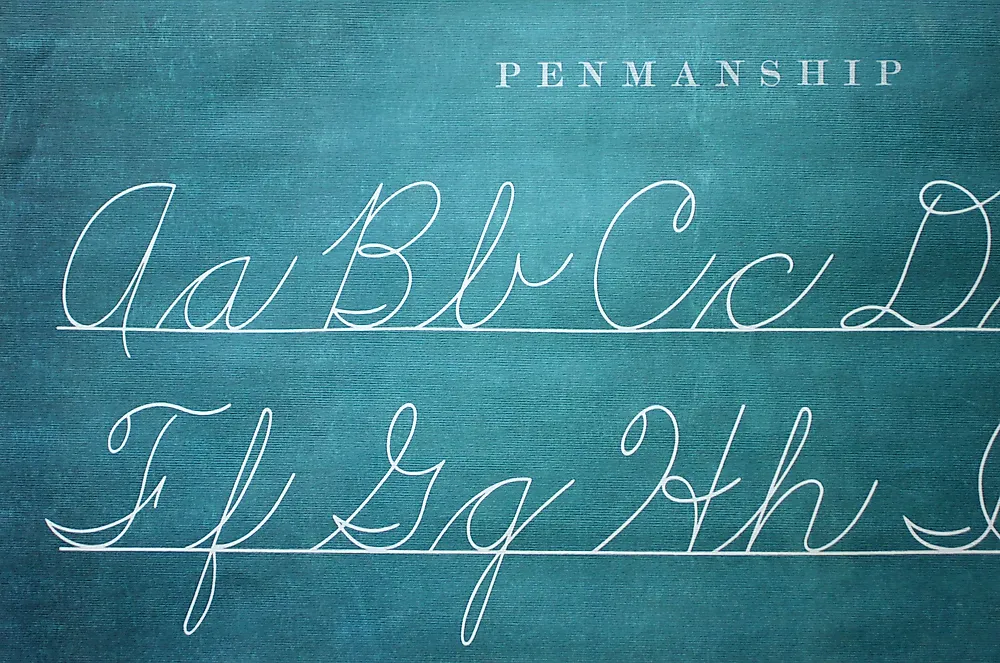Origin
The practical benefits of writing speed and rare lifting of writing implement from the paper served the shortcomings of a quill, and hence became the origin of cursive lettering. Cursive is a past participle of a Latin word “currere”, which translates into “to turn” from which the medieval Latin word “cursivus” is extracted and literally means “running”.
History of Cursive Lettering
The history of cursive lettering is traced back to the time when Italian humanists rose up against the denser style of lettering (which had a more Gothic look). They transformed it into a more Carolingian longhand and invented a cursive form of the same, which is named as Italic. This graceful and stylish lettering came out as a style symbol in the 1700s.
Cursive lettering was designed by Platt Rogers Spencer as he designed its Spenserian method. This method is taught by text books and used mainly by businesses and schools. The original logo of Coca Cola used this lettering style. In the late 1800s, a new style named the Zanner-Bloser method was developed by Charles Zanner and Elmer Bloser. It ruled for decades. In the 1970s, the D’Nealian method came forward. It was designed to make the alternation from printing to cursive more effortless. This is popular even in today’s schools.
Subclasses
Italic
In this lettering style, loops are discouraged so there are no loops or joins from g, j, q, or y. As it is a writing style, it should not be taken as Italic typed letters that lean forward.
Looped
Letters that extend above and below the mean line of a font have loops that are assigned for joins in looped cursive lettering.
Ligature
Ligature is joined lettering in which letters are connected to each other so that there is no need for frequent lifting of pen or pencil between letters.
Advantages of Cursive Lettering
There are many benefits of learning cursive lettering. Research has shown that it helps to improve brain development in areas of thinking, memory, and language. It also prompts the brain synapses and synchronization between left and right hemispheres which is not done by printing or typing. An article in Psychology Today shows that cursive lettering helps the brain to merge the visual and tangent information. It also stated that the areas of brain which are activated during reading are also activated during writing the cursive lettering, although the same is not possible during typing.



 Users Today : 715
Users Today : 715 Total views : 464484
Total views : 464484